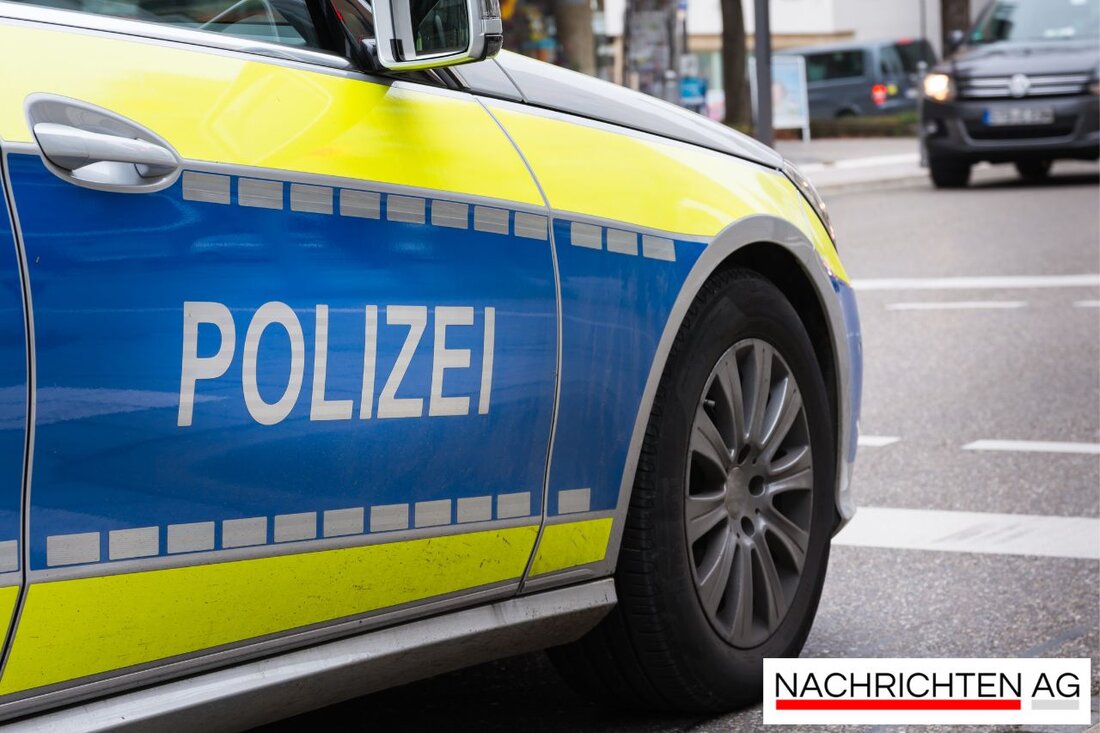Emergency medicine in the crossfire: Hameln rescuers train for times of crisis!
Hameln: Analysis of a threatening incident, training of rescue workers and improvement of communication during operations.

Emergency medicine in the crossfire: Hameln rescuers train for times of crisis!
In 2013, a tragic incident shook the city of Hameln when District Administrator Rüdiger Butte was shot dead by a lone perpetrator with a Smith & Wesson 357 Magnum caliber revolver during a public appearance. This horrific act led to a state of emergency in the region and posed enormous challenges to local security forces. Bernhard Mandla, an experienced tactical medicine instructor, discusses this incident in an analysis for the magazine “Tactics & Medicine”. Mandla criticizes the failed communication during the operation, as an emergency medical team was mistakenly sent to the danger zone while the police were not fully informed about the situation at the time.
Mandla runs the company “MedicalTraining-Hameln”, which offers training and further education in the field of emergency medicine and tactical medicine. “The need is enormous, especially among doctors and emergency services workers,” he reports. In fact, there is growing interest in training that is specifically tailored to the needs of crisis situations. The planned one-off event in the Hameln-Pyrmont district responds to these needs and is intended to strengthen cooperation between the SEK (special operations command) and the rescue services. Lectures, workshops and practical exercises on different attack scenarios are offered here.
Challenges for emergency services
The reality on the ground is characterized by an increasing willingness to use violence. Emergency services such as police officers, soldiers and emergency services personnel are exposed to dangers every day, including knife attacks and the use of firearms. Loud Report Many of these people often only have rudimentary first aid knowledge and feel unsafe when it comes to it. The often inadequate medical training in trauma care means that even basic techniques are not confidently mastered.
A new tactical emergency medicine course offers a solution. Under the guidance of a team of police officers, former soldiers and emergency doctors, practical techniques are taught that can be crucial in cases of gunshot wounds, severe bleeding and respiratory problems. The aim of the course is to sustainably improve the knowledge and skills of emergency services so that they can react better in emergency situations.
The need for better communication
A central point that emerges both in Mandla's analyzes and in the feedback from rescue workers is improving communication between the various emergency departments. The survey among rescue workers revealed a clear desire for more efficient communication structures with the police in order to be able to act more quickly and effectively in critical situations. Mandla has worked in the professional fire department for almost 30 years and brings valuable experience from crisis areas, which has shaped his view of the increasingly stressful work of rescue workers.
With the need to be better prepared both in practice and in theory, it becomes clear: the organization of events, courses and the publication of specialist literature, such as the specialist journal TACTICS + MEDICINE, are steps in the right direction. This publication, which specializes in operational tactics and medical care strategies, could help to optimize cooperation and the conditions for emergency response in threatening situations.

 Suche
Suche
 Mein Konto
Mein Konto